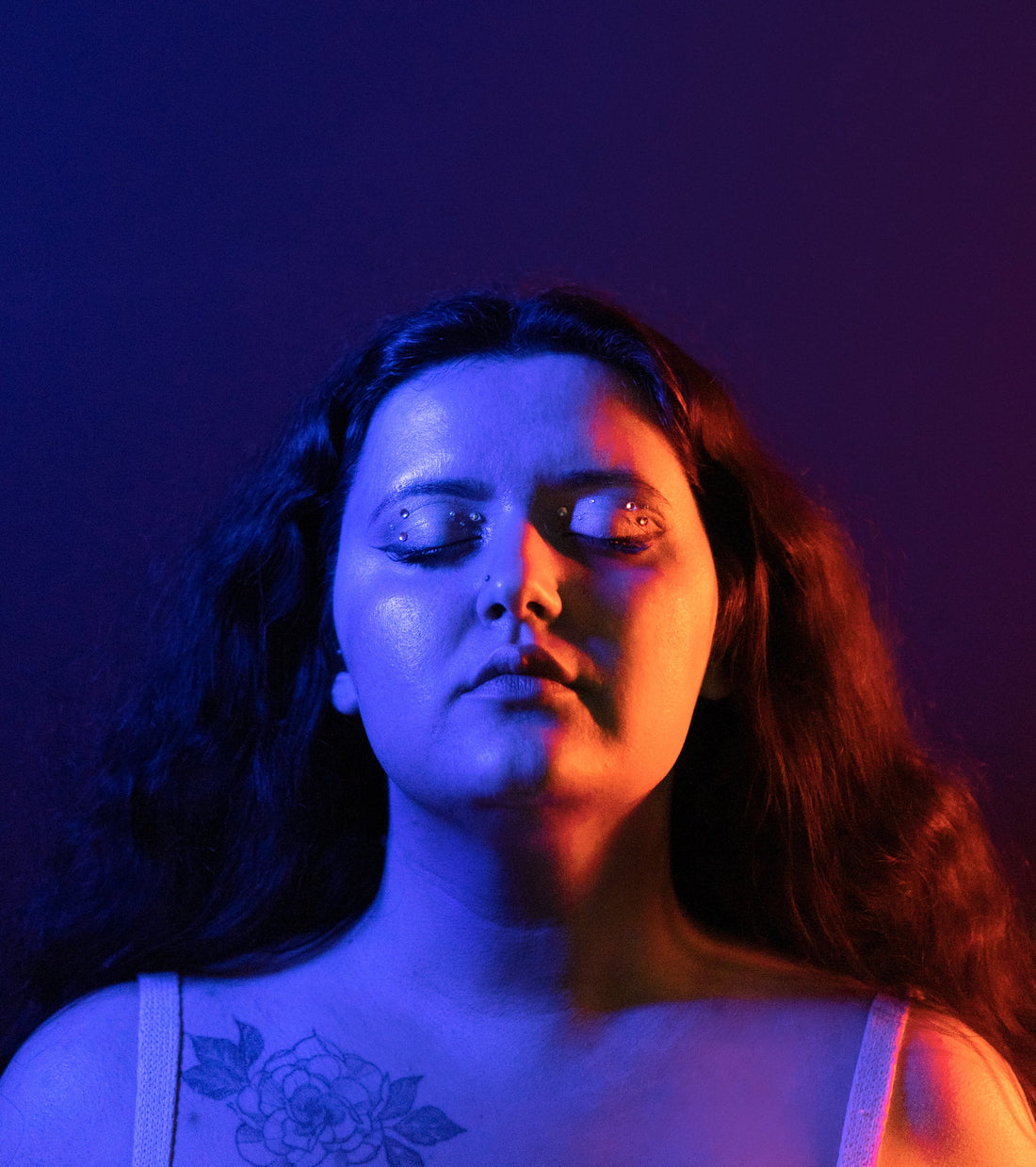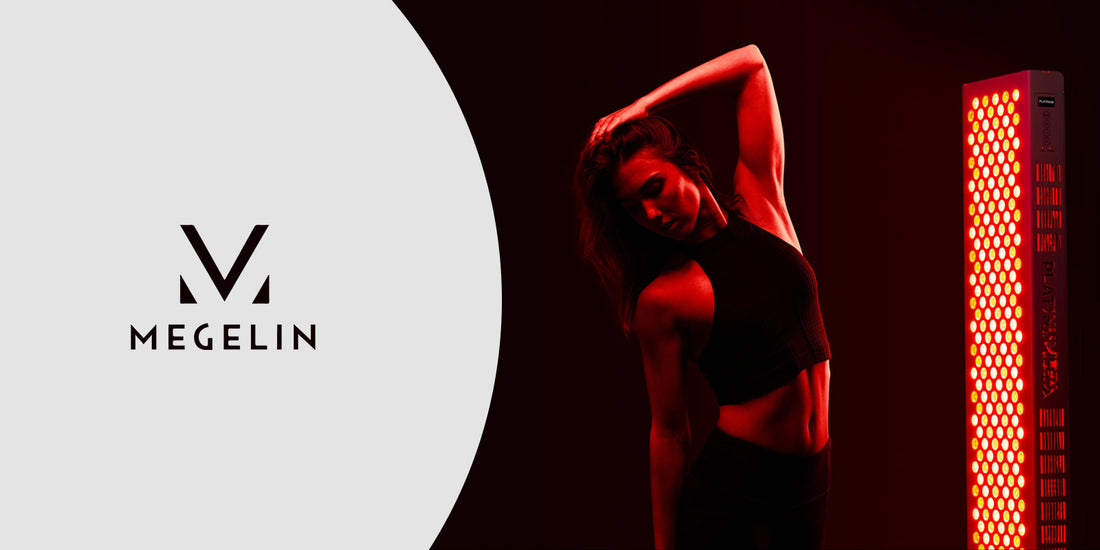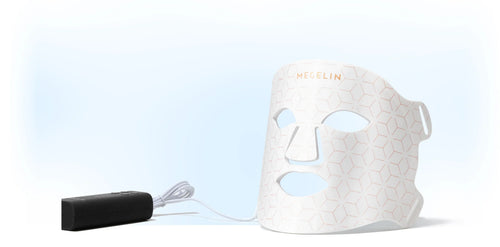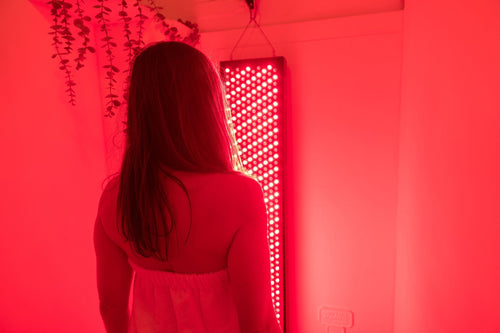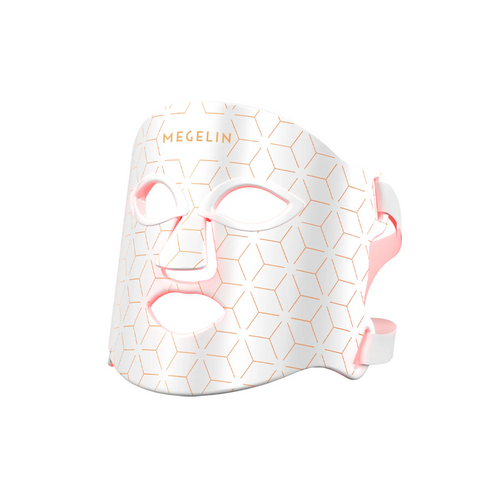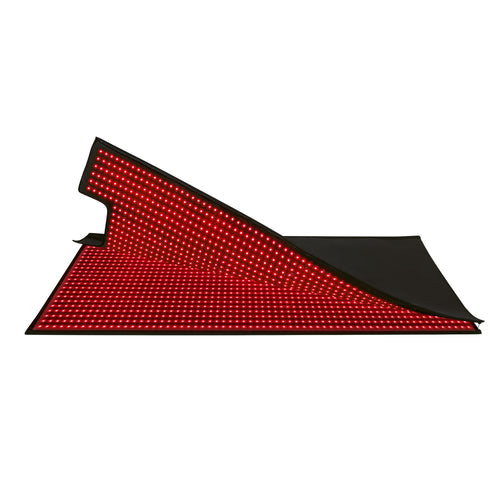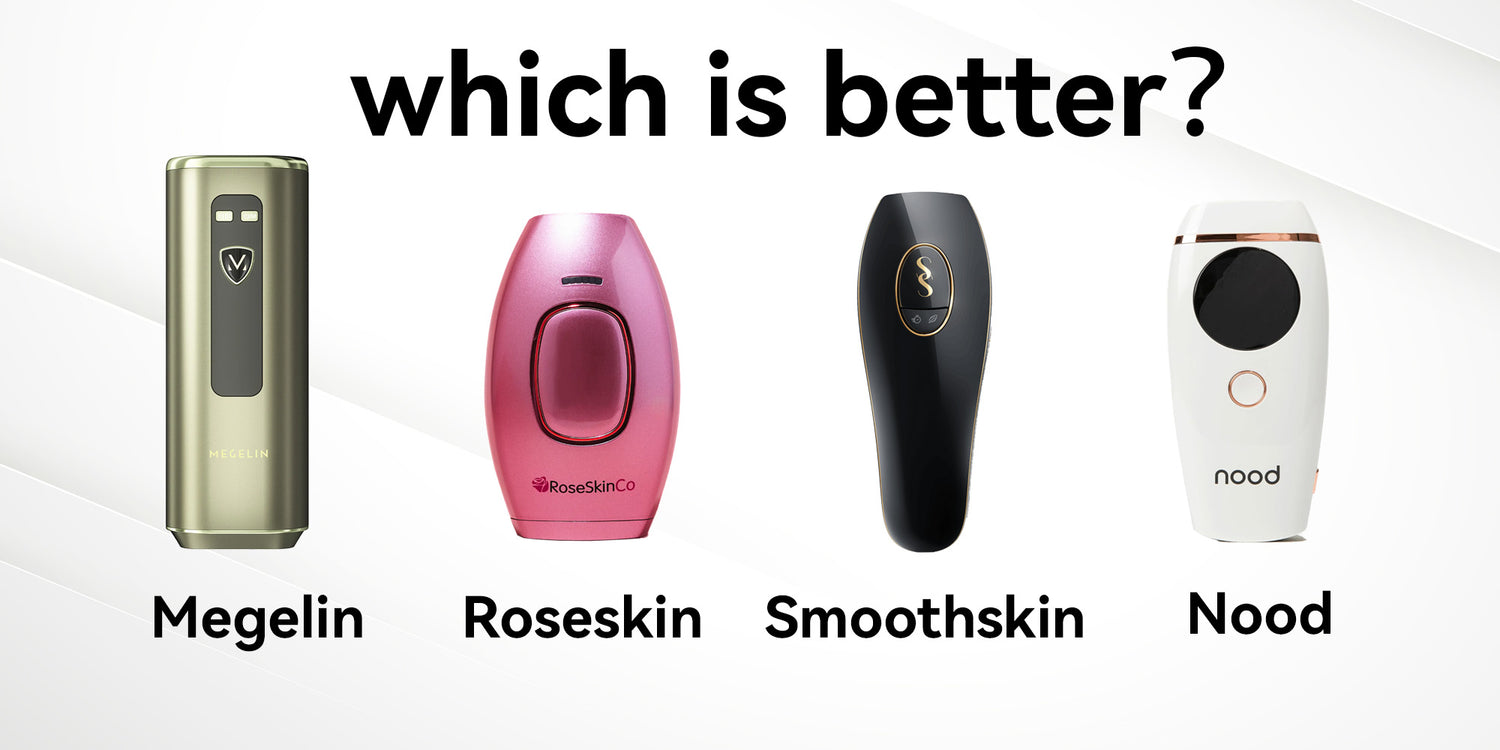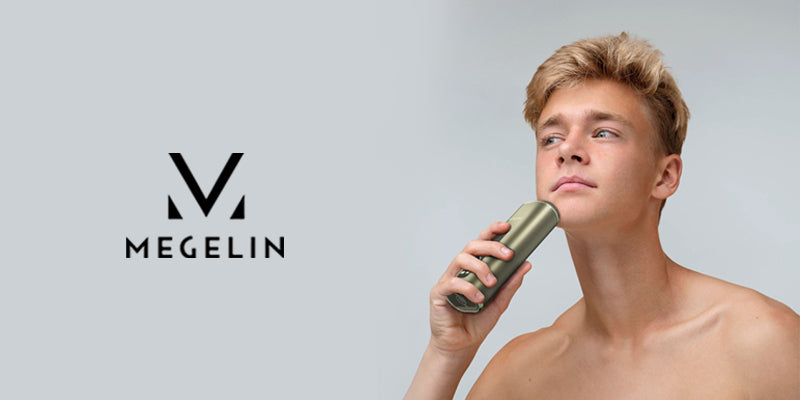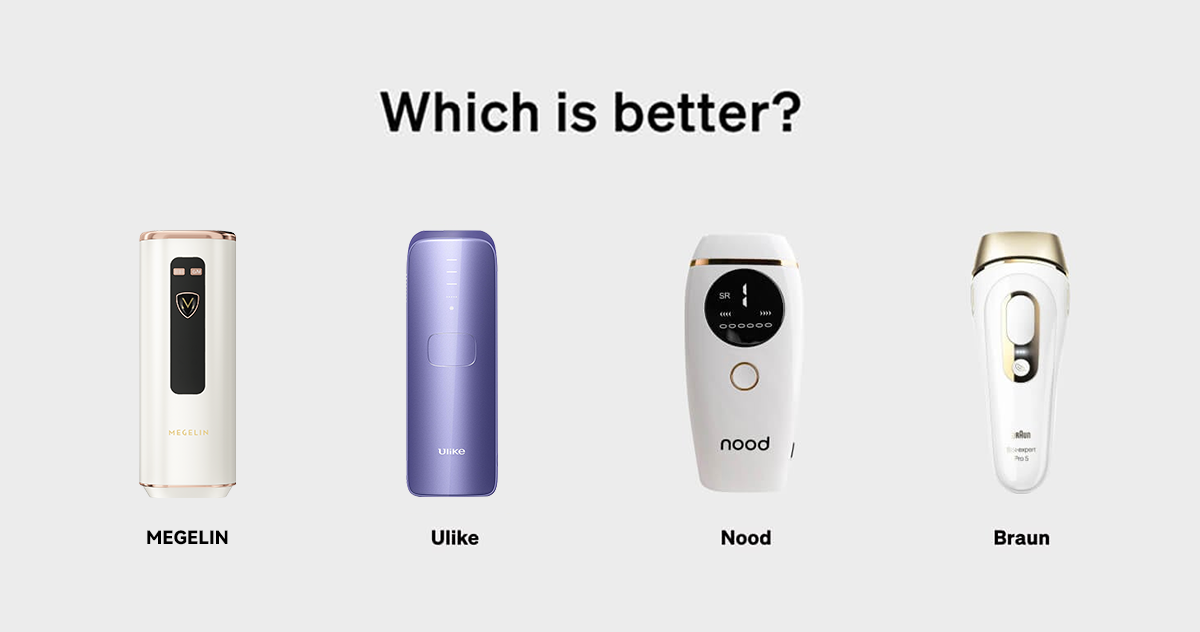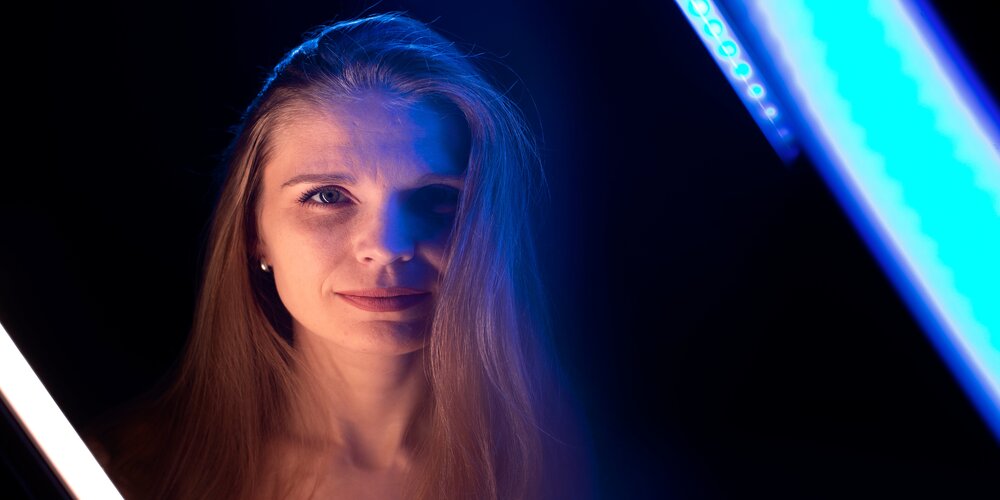
Blue Light Therapy Side Effects: What You Need to Know
2MegelinIn the realm of noninvasive skin treatments, blue light therapy emerges as a prominent option, celebrated for its FDA-approved status and its numerous benefits. Utilizing the power of UV light, this innovative therapy aims to combat various skin conditions, ranging from acne to more severe issues like skin cancer, using a light-sensitive approach. Its rise in popularity is not only due to the blue light therapy benefits but also due to its ability to provide a safe, efficient solution without the invasive procedures associated with traditional treatments. However, with any medical or cosmetic treatment, understanding the potential side effects is crucial for those considering it.
This article will delve into the crucial aspects of blue light therapy, beginning with an overview of what exactly this treatment entails and why it's considered a beneficial option for those dealing with skin issues. Following this, the immediate effects post-treatment will be explored, shedding light on what individuals can expect in terms of skin sensitivity and other potential reactions. Moreover, the discussion will extend to the long-term considerations associated with blue light therapy, including any risks and the importance of proper precautions. Throughout, the focus will be on offering a comprehensive insight into both the advantages and drawbacks of blue LED light therapy, red and blue light therapy, and blue light skin treatments, thereby equipping readers with the knowledge needed to make informed decisions about their skin health.
What is Blue Light Therapy?
Blue light therapy, a noninvasive treatment, leverages specific wavelengths of light to address various skin conditions. It is recognized for its effectiveness in treating skin issues that are superficial or slightly below the surface. Commonly, this therapy is utilized for conditions like sun damage, acne, and even certain types of skin cancers that have not metastasized [1].
Understanding the Process
The procedure of blue light therapy involves three main steps: application of a photosensitizing agent, an incubation period, and exposure to blue light. During the exposure, patients sit in front of a blue fluorescent light for a duration determined by the treatment requirements, typically around 15 to 90 minutes. This exposure activates the photosensitizing agent applied to the skin, which absorbs the blue light and produces oxygen free radicals. These radicals then selectively destroy abnormal cells while sparing the surrounding healthy tissue [2] [1].
Common Uses and Applications
Blue light therapy is approved by the FDA for the treatment of actinic keratoses, precancerous growths caused by sun damage. Besides its use in treating precancerous conditions, it is also effective against acne and sebaceous hyperplasia, an enlargement of oil glands. The therapy's ability to target and kill bacteria that cause acne, as well as its role in improving skin texture and reducing visible sun damage, makes it a versatile tool in dermatological treatments. Moreover, it has shown promise in decreasing the rate of skin cancer formation in high-risk individuals [2] [1].
This therapy is typically administered as an outpatient procedure, making it a convenient option for many patients. The treated areas might show immediate effects such as redness or peeling, similar to a mild sunburn, but these are generally temporary and resolve within a few days to two weeks [1].
Immediate Side Effects of Blue Light Therapy
Irritation and Redness
Blue light therapy is generally safe, yet some individuals might experience mild side effects such as skin irritation and redness. These symptoms are particularly common in those undergoing treatment for acne and can manifest as dry skin or a slight burning sensation similar to sunburn. To alleviate discomfort, it is recommended to apply a cool compress and use gentle moisturizing creams [3].
Eye Strain and Headaches
Exposure to blue light, especially from digital devices, can lead to eye strain and headaches. This is due to the high energy visible light, which is poorly blocked by the cornea and lens, allowing almost all visible blue light to reach the retina. Symptoms may include increased sensitivity to light, burning or stinging eyes, and tension in the facial, neck, and shoulder muscles. For those sensitive to light, such as individuals experiencing migraine attacks, blue light can intensify headaches and cause significant discomfort [4] [5].
Long-Term Risks and Considerations
Potential for Skin Cancer
Studies have indicated a concerning link between long-term blue light exposure and the development of skin cancer. In particular, continuous irradiation has been shown to increase neutrophil migration and macrophage activity involved in carcinogenesis. These immune cells undergo changes that promote the formation of skin cancer, such as increased expression of citH3 and PAD4 in neutrophils, suggesting NETosis, and a shift towards inflammatory macrophages (type 1) while decreasing anti-inflammatory types (type 2) [6]. Additionally, blue light exposure has been observed to inhibit fibroblast proliferation, suppress type I collagen expression, and upregulate MMP-1, which are factors that contribute to skin aging and potentially cancer progression [6].
Effects on Sensitive Individuals
Individuals with specific health conditions need to exercise caution when considering blue light therapy. Those with porphyria, a blood disorder that results in heightened light sensitivity, or allergies to porphyrins, should avoid this treatment [1]. Similarly, individuals using photosensitizing medications, which could react adversely with blue light, are advised against undergoing blue light therapy. These medications include certain antibiotics, nonsteroidal anti-inflammatory drugs, and some antihistamines [7]. Furthermore, the therapy is not recommended for individuals with lupus due to their sensitivity to light [1].
In cases involving photodynamic therapy for skin cancer treatment, additional risks such as swelling in the treated area may occur, potentially leading to breathing difficulties [1]. This underscores the importance of medical supervision during treatment, especially for those with underlying conditions or those taking photosensitizing drugs.
Conclusion
Through the course of this article, we have explored the multifaceted aspects of blue light therapy, examining its broad spectrum of applications from acne treatment to potential roles in preventing certain forms of skin cancer. The discussion has highlighted not only the immediate and generally mild side effects such as redness and irritation but also delved into the more serious, albeit less common, long-term risks including the potential link to skin cancer. This thorough examination underscores the importance of weighing the benefits against possible side effects, advocating for informed decision-making in consultation with healthcare professionals.
Reflecting on the insights presented, it becomes evident that while blue light therapy offers promising results in various dermatological applications, it necessitates a cautious approach, particularly for individuals with certain health conditions or those undergoing specific treatments that might interact negatively with blue light. As the field evolves, further research is essential to fully understand the implications and to optimize the safety and efficacy of blue light therapy. Individuals considering this treatment are encouraged to discuss it with their healthcare providers, ensuring a personalized approach that takes into account their unique medical history and treatment objectives.
FAQs
What are the common adverse effects associated with blue light therapy?
The most frequently reported side effects of blue light therapy, particularly following photodynamic therapy, include severe burning or stinging at the treatment site lasting 24-48 hours, redness and swelling that may persist for up to a week, and scaling or crusting which can continue for up to four weeks.
What steps should be taken following a blue light therapy session?
After undergoing blue light therapy, it is crucial to avoid direct sunlight for 48 hours. Wearing a wide-brimmed hat and staying indoors as much as possible is advisable, as sunlight can penetrate through car and home windows.
What should one expect post-blue light therapy?
Post-treatment, it is normal for the skin to become increasingly red over the first few days, lasting up to 7-10 days. Swelling may also occur. If blisters form, they should not be popped or picked at. Peeling typically begins around the third or fourth day after treatment and can continue for about a week.
What is a common disadvantage of using photodynamic therapy?
One major drawback of photodynamic therapy (PDT) is the heightened sensitivity to bright lights and sunlight, which can last for some time after the treatment. This sensitivity often manifests as redness, along with a tingling or burning sensation on the treated skin areas.
References
[1] - https://www.healthline.com/health/blue-light-therapy
[2] - https://www.yalemedicine.org/conditions/photodynamic-therapy
[3] - https://health.clevelandclinic.org/blue-light-therapy-for-the-skin-what-can-it-do
[4] - https://health.ucdavis.edu/blog/cultivating-health/blue-light-effects-on-your-eyes-sleep-and-health/2022/08
[5] - https://www.healthline.com/health/blue-light-headaches
[6] - https://www.ncbi.nlm.nih.gov/pmc/articles/PMC10452187/
[7] - https://medicine.yale.edu/psychiatry/research/programs/clinical_people/winter/risks/
